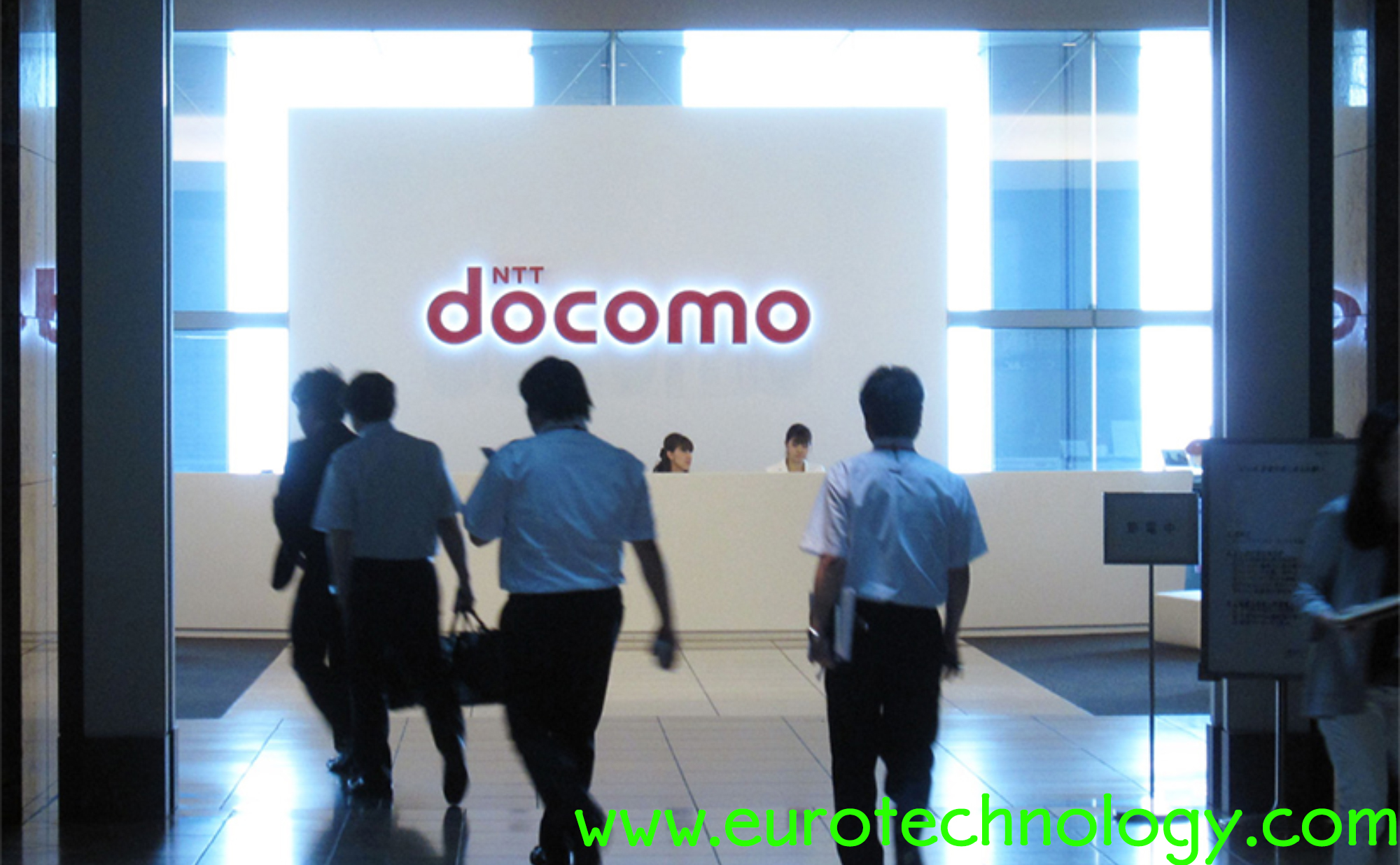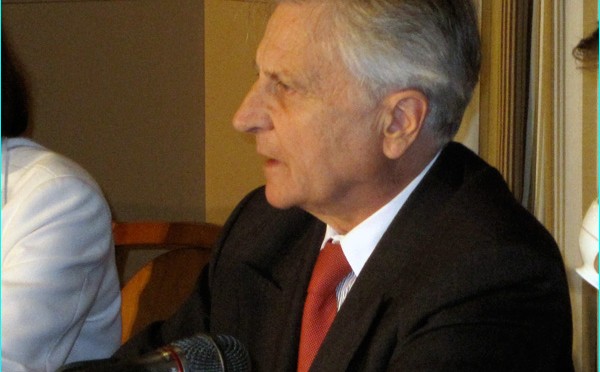Category: Finance
-

Nippon Life Insurance partners with AXA Life Insurance
Nippon Life Insurance (日本生命保険相互会社) acquires 1% of stock of AXA Life Insurance Nippon Life Insurance and AXA to jointly offer health insurance product Medi-AxN Nippon Life Insurance (日本生命保険相互会社) and AXA Life Insurance announced a partnership, and Nippon Life intends to acquire 1% of outstanding shares of AXA Life Insurance to develop a long-term partnership. Currently…
-

net mobile AG majority stake acquired by NTT Docomo
globalizing Docomo’s mobile payment and content services bringing German mobile know-how to Japan On September 11, 2009, NTT Docomo announced a voluntary public tender offer for shares of net mobile AG. The tender offer was closed on November 27, 2009, and Docomo Deutschland GmbH acquired 6,126,567 shares at € 6.35 per share corresponding to 79.59%…
-
Tokyo AIM became the Tokyo PRO market, and London Stock Exchange quits Japan. Here is why!
Tokyo AIM: LSE sells its share in the Tokyo AIM joint venture to Tokyo Stock Exchange and leaves Japan Initially, London Stock Exchange and Tokyo Stock Exchange created Tokyo AIM as a joint-venture company in order to create a jointly owned and jointly managed Tokyo AIM, modeled according to the very successful London AIM model.…
-
Japanese insurance SOMPO acquires UK reinsurer Canopius Group Ltd
Japanese insurance SOMPO part of NKSJ Holdings acquires UK reinsurer Canopius Group from Bregal Capital In order to globalize, Japanese insurance company Sompo Japan (株式会社損害保険ジャパン), part of the insurance group NKSJ Holdings (NKSJホールディングス株式会社, TSE / JPX: No. 8630) announced yesterday the acquisition of 100% of the UK re-insurer Canopius Group Limited, operating on Lloyd’s for…
-
Mobile payment in EU vs Japan: 10 years to reinvent the wheel?
Mobile payments for transport first introduced commercially in Tokyo January 28, 2006 Tokyo (mobile SUICA, FeliCa) vs. London (OYSTER, Mifare) Mobile payments are big: Reuters estimates that the mobile payment market will be about US$ 1000 Billion by 2016, and in Japan just a single railway line achieves already now several US$ billion in mobile…
-
Tokyo AIM stock market rebirth under Tokyo Stock Exchange (TSE) alone?
Tokyo AIM – will it go the same way as NASDAQ-Japan? Nikkei: “Tokyo Stock Exchange has learnt enough from the London Stock Exchange to set up a similar market on its own” Tokyo AIM (the stock market joint venture between Tokyo Stock Exchange and London Stock Exchange) seems to be heading along a similar road…
-

Jean-Claude Trichet, President of the European Central Bank ECB in Tokyo
European Central Bank (ECB) President Jean-Claude Trichet gave a presentation here in Tokyo on April 18, 2009 about the current financial and economic crisis. Trichet blamed the crisis on an underpricing of the unit of risk. He also emphasized that its not a general crisis affecting all companies and financial institutions, but that some badly…
-
Investor AB – briefing 30 Swedish CFOs about Japan
by Gerhard Fasol Investor AB’s corporate academy Novare requested education about Japan’s technology industry sector Eurotechnology Japan KK educates 30 CFOs of Investor AB portfolio companies about Japan April 24, 2006 was my Swedish Day: for breakfast I was invited to IKEA’s opening party for their new store in Funabashi (I met even with the…